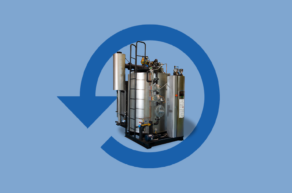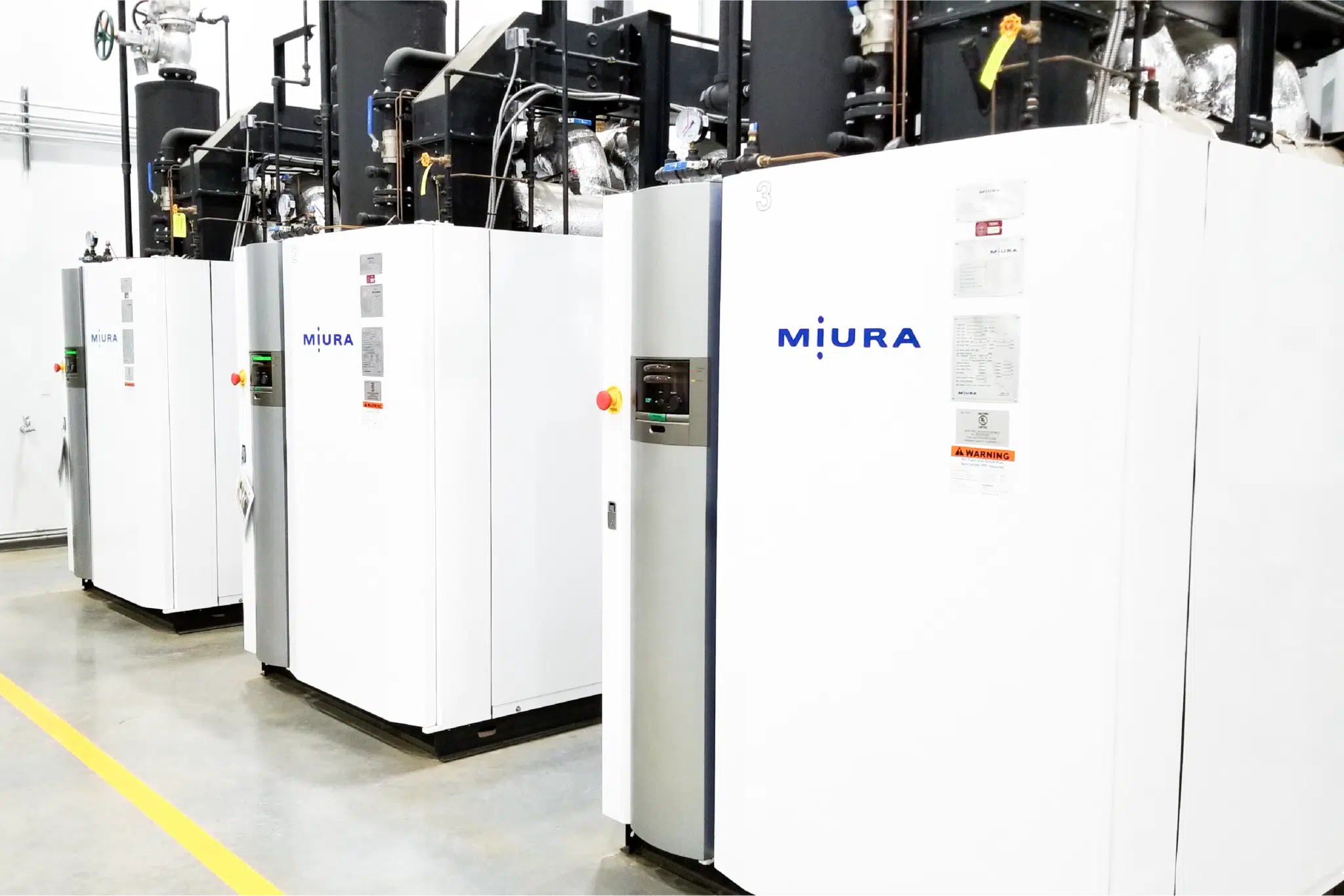What Is Fuel-to-Steam Efficiency for Boilers?
If you are looking into an industrial steam boiler, there are many factors to consider. One of the more important factors is a boiler’s fuel-to-steam efficiency. While this won’t tell you everything you need to know, it will tell you a lot about how efficient a particular boiler is at turning fuel into steam. Knowing the fuel-to-steam efficiency of a particular boiler will help give you an idea of the operating costs of that boiler, which over time can be more expensive than the price of the boiler itself. With that in mind, a boiler’s fuel-to-steam efficiency rating is not something to overlook.
In the simplest terms possible, the fuel-to-steam efficiency of a boiler is the ratio of BTU (British thermal unit) output divided by BTU input, with the input being the fuel used to power the boiler and the output being the steam generated by the boiler. The higher the fuel-to-steam efficiency, the more steam you’re getting compared to the fuel that’s needed to create that steam. In essence, the higher the efficiency rating, the more bang for your buck. Considering the rising cost of fuel, there is a great incentive for facilities that rely on industrial boilers to maximize their fuel-to-steam efficiency as much as possible as a way to cut costs.
Miura has become one of the best companies at manufacturing boilers with a high fuel-to-steam efficiency. Both the EX and LX models of Miura water tube boilers have a fuel-to-steam efficiency rating of 85 percent, compared to the average fire tube boiler that only offers 83 percent fuel-to-steam efficiency. There may seem like a small difference, but that 2 percent difference in efficiency creates fuel cost savings between 10 and 40 percent. Most facilities that switch to Miura boilers from conventional fire tube boilers report saving roughly 20 percent on fuel after making the switch.
The key to this difference is a series of design choices Miura has made to help increase the fuel-to-steam efficiency of their boilers. For instance, Miura boilers have roughly 10 percent of the water volume of fire tube boilers. This helps reduce the fuel needed to produce steam, boosting the boiler’s efficiency. Miura boilers are also designed to be turned on and off as needed. Conventional fire tube boilers typically run idle when they’re not needed, which wastes fuel without producing steam. However, Miura boilers can start producing steam from a cold startup within five minutes, eliminating this waste and improving fuel-to-steam efficiency.
“The four boilers provided us with an economical way to maximize our usage of the boilers,” Joe Buri of Southeastern Health said of switching over to Miura boilers in the Lumberton, North Carolina hospital. “Being quick steamers also allowed us to completely shut off boilers that were not needed but could be ready and online in minutes.”
Obviously, a lot of factors are important when deciding on a new industrial boiler. However, fuel-to-steam efficiency is not something that should be overlooked. Finding a boiler that excels in this area can go a long way toward saving on operating costs with your new boiler.






